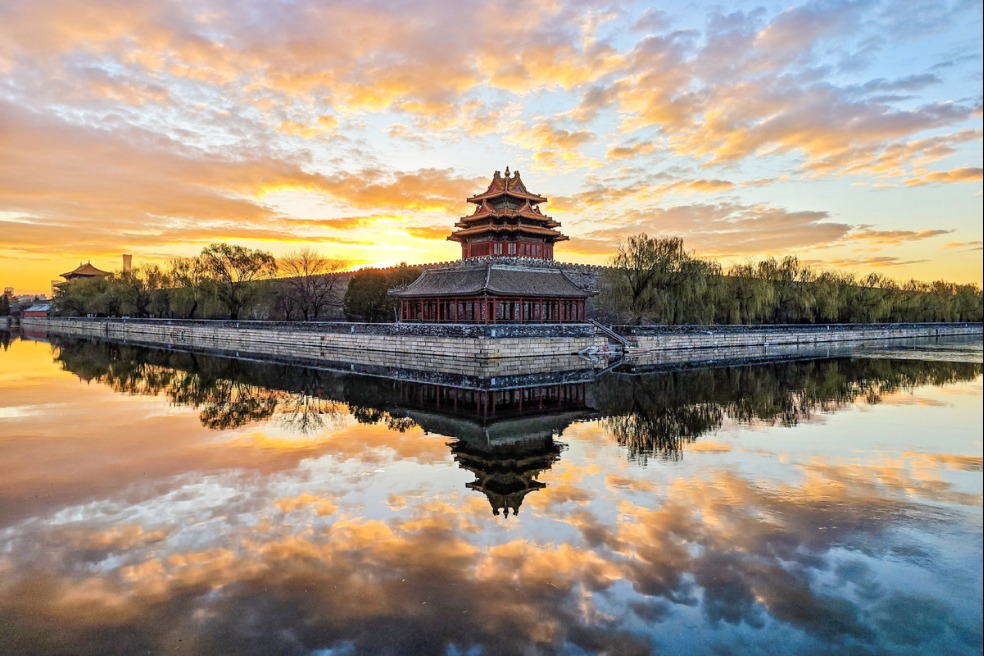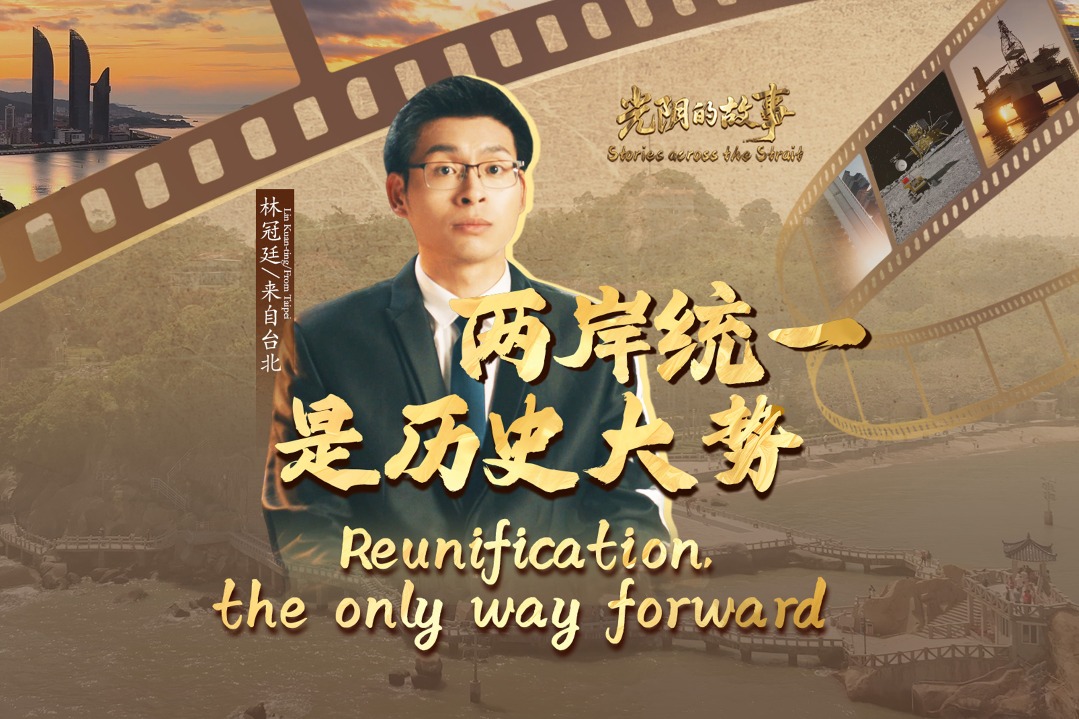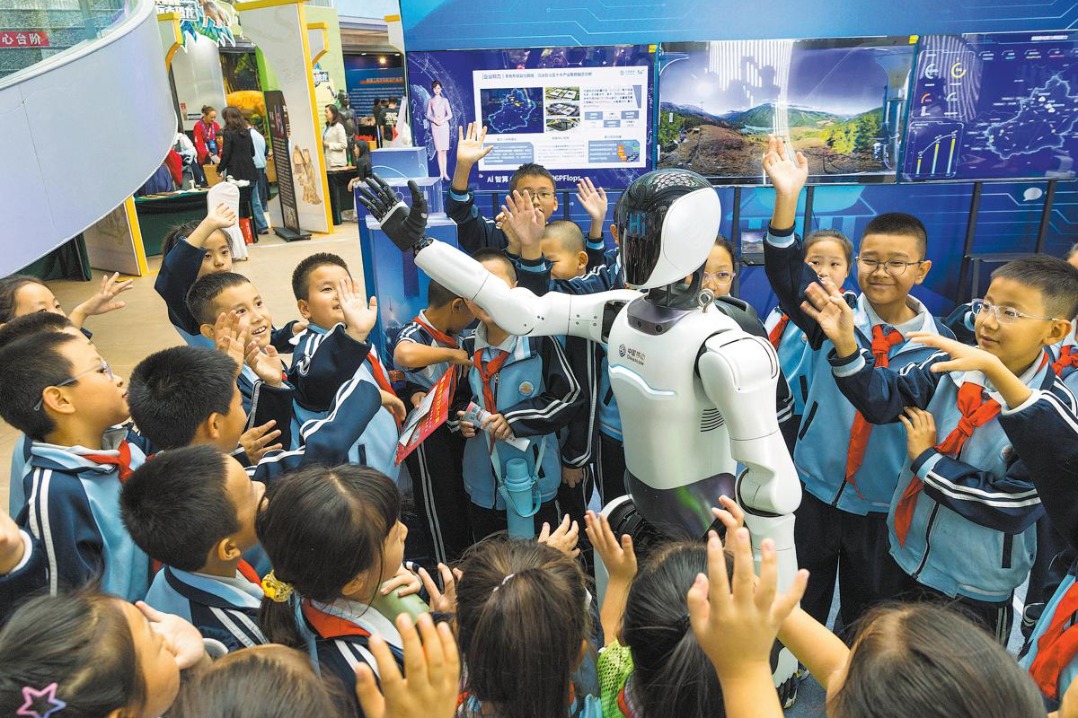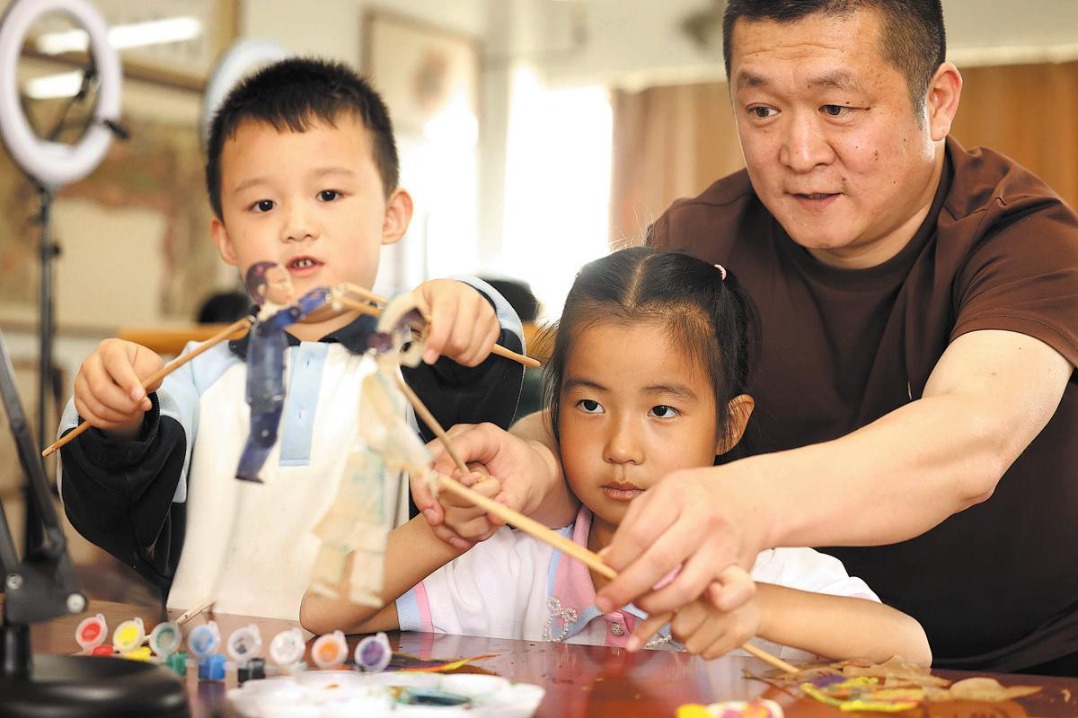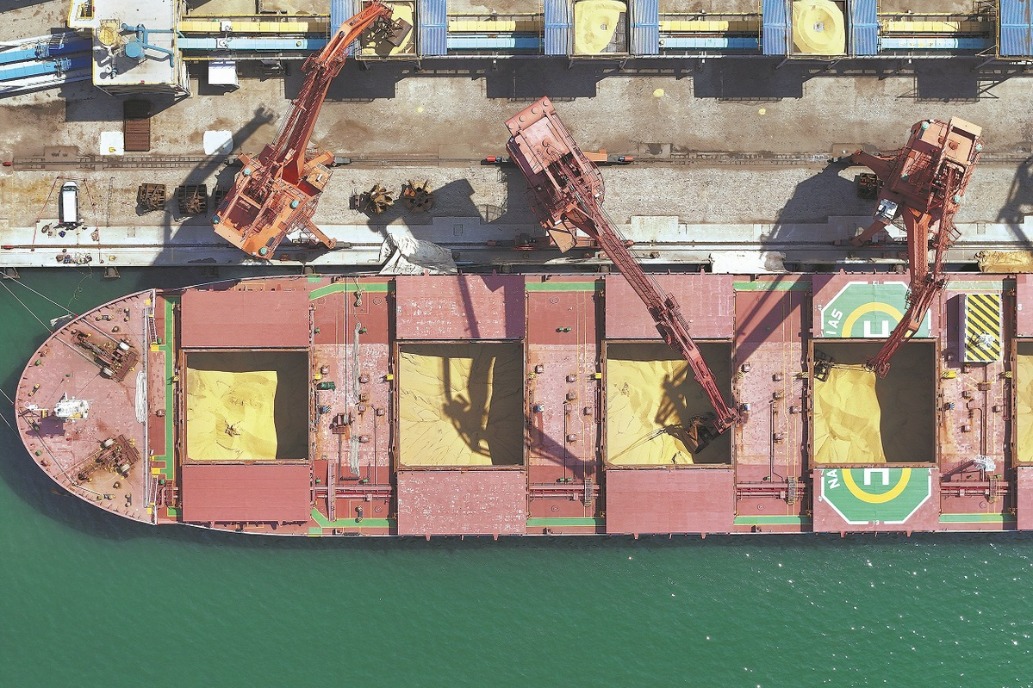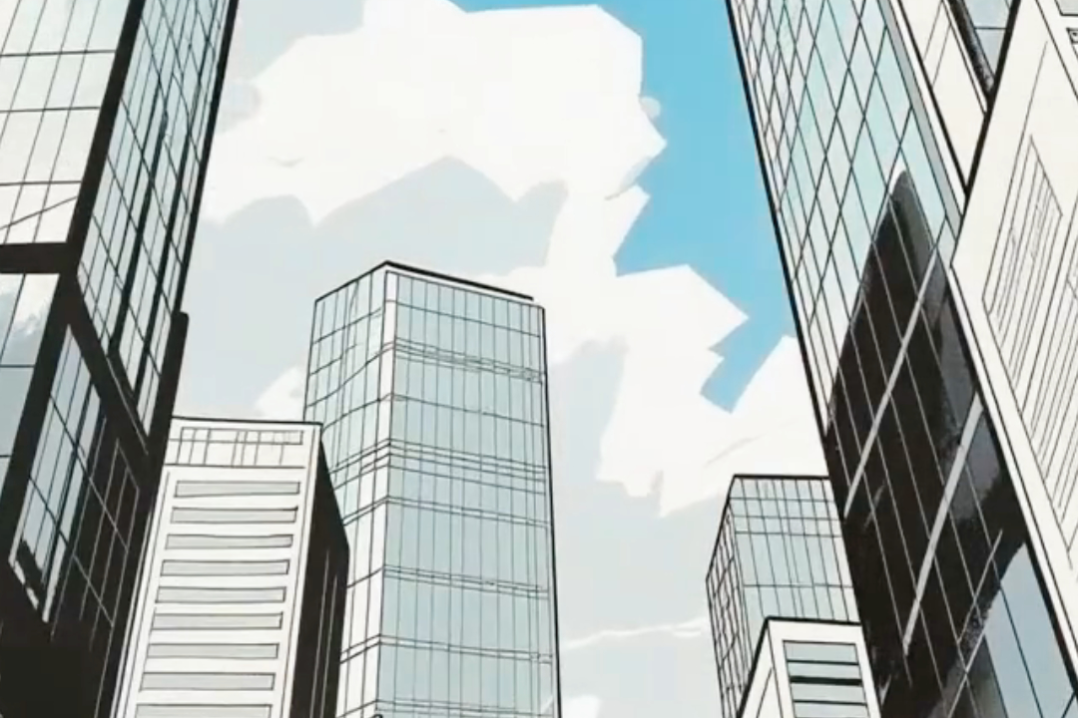Nighttime economy drawing in eager consumers
Expansion of after-dusk activities promoting diversification of consumption formats, encouraging discretionary spending, and sustaining growth momentum in nation

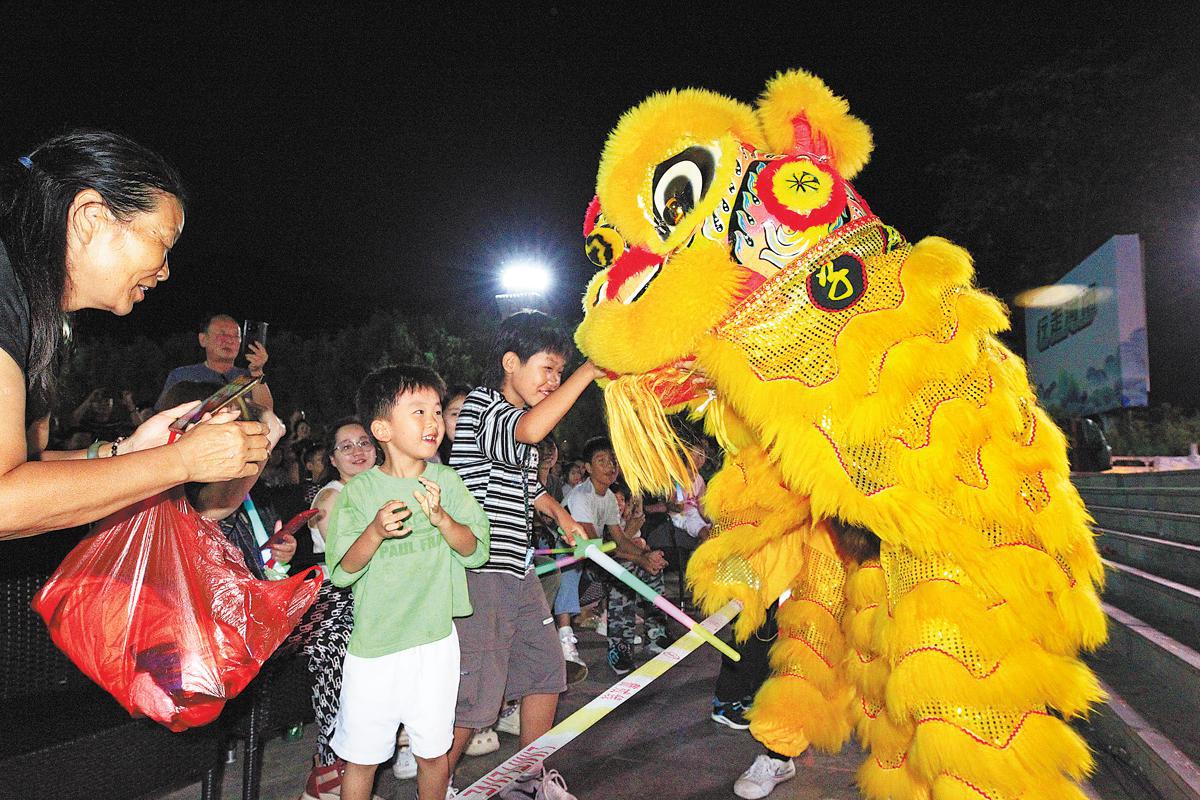
In Guiyang, Southwest China's Guizhou province, a three-day international kite festival that included nighttime events attracted more than 163,000 tourists in July, netting tourism revenue of over 60 million yuan, according to the local government.
Night markets, roadside concerts in parks, trunk markets and other nighttime consumption scenes were attractive to tourists.
"This type of nighttime cultural tourism model, with feature activities as its core, gathers popularity and forms a consumption loop, and has become an effective way to boost the nighttime economy," said Mu Qianyi, an analyst of LeadLeo Research Institute, a market research provider based in Shanghai.
Mu added that new technologies and scenarios such as drone light shows at night will help enrich the experiences of tourists. The improvement in the quality of scenes naturally enhances the attractiveness and vitality of nighttime cultural tourism, and could help inject new impetus into economic growth.
Particularly, Shanghai has been developing a booming nighttime economy, and the city's after-dark economy index has maintained the top position in the country for five consecutive years. This year, it has been followed by Guangzhou, Guangdong province, and Chengdu, Sichuan province, said Rising Lab, a city-oriented big data platform of Yicai Media Group.
In Shanghai, nighttime lighting covered 75 percent of the city's area last year, and nighttime public transportation covered 1,975 square kilometers, which significantly helped to improve the local nighttime consumption environment, the platform found.
zhuwenqian@chinadaily.com.cn














